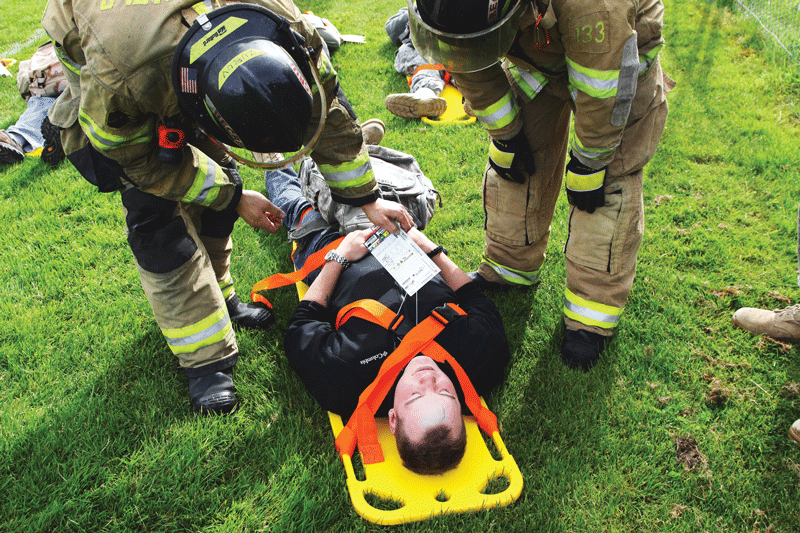We are proud to boast of a faculty of more than 75 board-certified or board-eligible physicians, including some of the nation’s most accomplished clinicians, teachers, and leaders in emergency medicine. Our faculty's interests are wide-ranging: emergency care, cardiopulmonary and brain resuscitation, clinical toxicology, prehospital care, emergency medical services, disaster preparedness and response, international medicine, use of ultrasound in the emergency department, and the incorporation of simulation into medical education. I am personally committed to our faculty development program, urging the faculty to explore their academic interests by promoting collaborative efforts on interdepartmental projects and initiatives.
The Department of Emergency Medicine has a proud history of serving communities in the Baltimore metropolitan area. In addition to providing patient care at the University of Maryland Medical Center, our faculty staffs the emergency departments at five hospitals in downtown Baltimore. These sites provide outstanding clinical education opportunities for our residents and medical students. Collectively, our physicians oversee the care of approximately 182,000 patients per year. Patient volume at the University of Maryland Medical Center is approximately 55,000 per year.



















